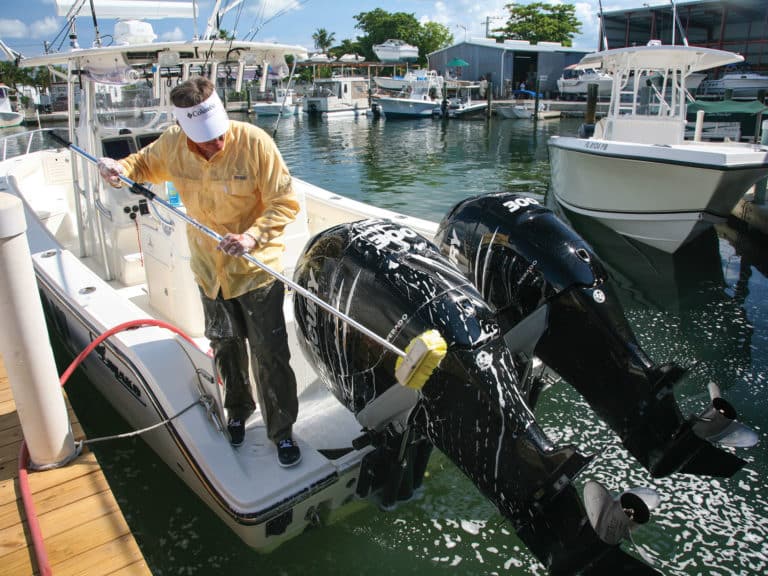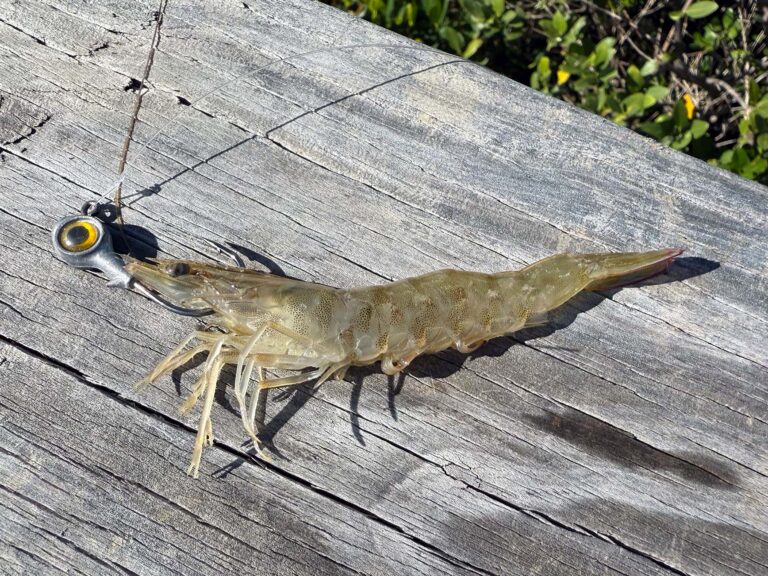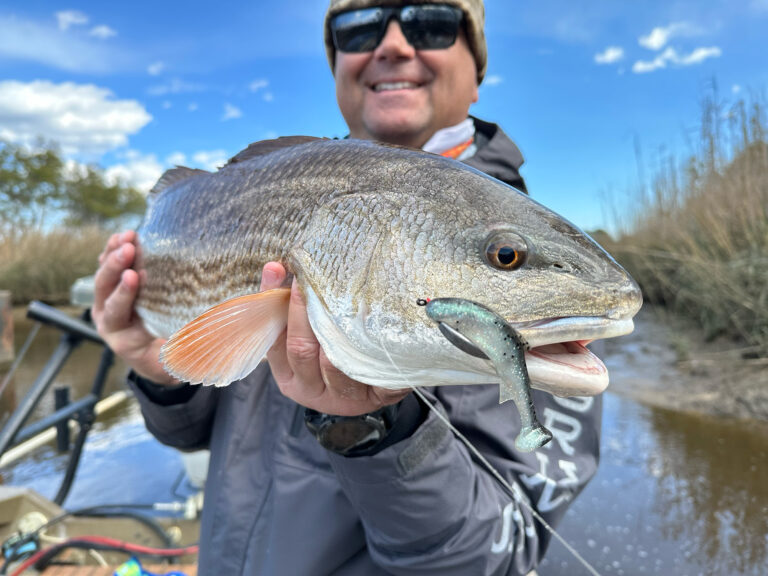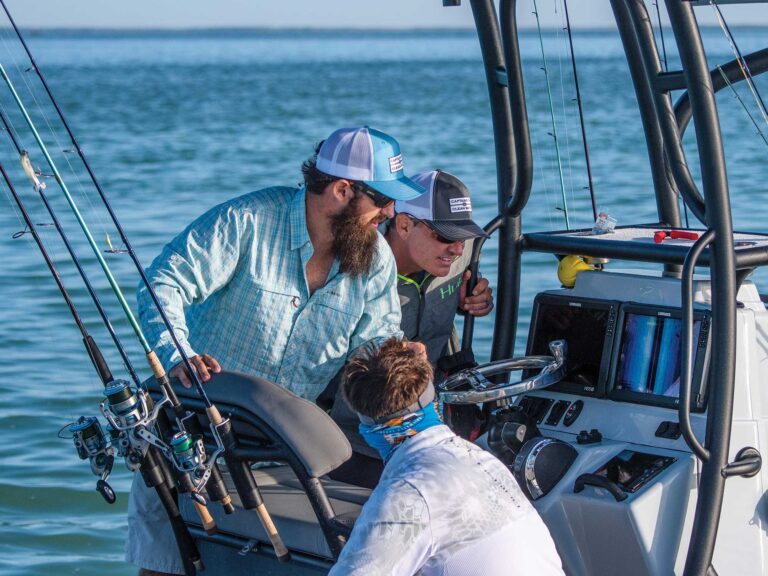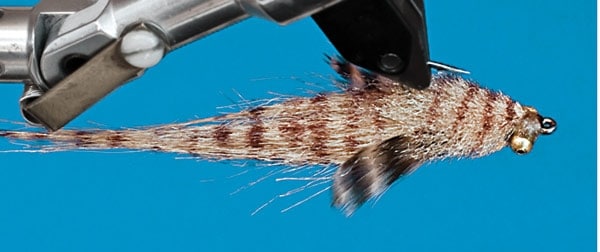
I have several fly-fishing buddies living on the West Coast who’ve been stricken with a very serious ailment called o’io fever. O’io (pronounced oh-EE-oh) is the Hawaiian word for bonefish. This illness can be debilitating, and often the only cure is for the sickly person to fly to the islands and search for bonefish. I guarantee that an encounter with one of these guided missiles will leave your hands shaking and your senses on overdrive.
While many have spotted 20-pounders cruising Hawaii’s island flats, far fewer have caught one. With the area’s sharp reefs and drop-offs, landing one of these trophies requires a stout leader, precise skills and maybe even a rabbit’s foot. To most bonefish junkies, the challenges only fuel their addiction – if catching these fish were easy, it wouldn’t be any fun.
Big Hawaiian bonefish are most wary once they’ve come out of the deeper water and have made their way onto the flats in search of food. Often these fish cruise alone, and if you expect one to eat your fly, you’d better be extra stealthy on your approach and extremely accurate with your presentation. One of the most overlooked baits that larger fish seem to key in on is the common lizardfish. Lizardfish are long, slender and conical, with large heads and pronounced pectoral fins, which they use to bury themselves in soft sand to ambush shrimp, crabs and small baitfish. When lizardfish are exposed and vulnerable, bonefish love to eat them. I developed the Thin Lizzy fly for my hard-core Hawaiian bonefish buddies who specifically target larger bonefish.
The fly has a few important characteristics. The first one is a strong short-shank hook that won’t straighten from the pressure of a trophy fish. Surprisingly enough, I actually prefer the new tarpon hooks from Mustad (C68SZ). The second is lead on the underside of the shank. This helps distribute the weight evenly, which allows the fly to sink and land with the hook riding up. When casting to a big cruising fish, be soft with your presentation and always lead the fish. If you make your cast using a sidearm motion, your fly will stay low to the water and not cast a heavy shadow. The trick is to gently drop your fly into the water by feathering its landing. You can do this by pulling back the line ever so softly in your line hand as your loop unrolls. Your fly will drop into the water with little or no splash instead of slapping down on the surface. This will dramatically increase your chances of enticing a bite. The next time you get a little shaky and feel the o’io fever coming on, try tying on a Thin Lizzy.
Materials
HOOK: Mustad tarpon C68SZ, No. 2
BODY: Tan EP Fibers
GILLS: Tan splayed grizzly soft hackle or grizzly marabou
TAIL: Tan extra-select craft fur
EYES: Brass bead chain, medium
THREAD: Clear mono thread
MARKER: Brown permanent marker
GLUE: Tuffleye or epoxy
Tying Instructions (Click for gallery)





